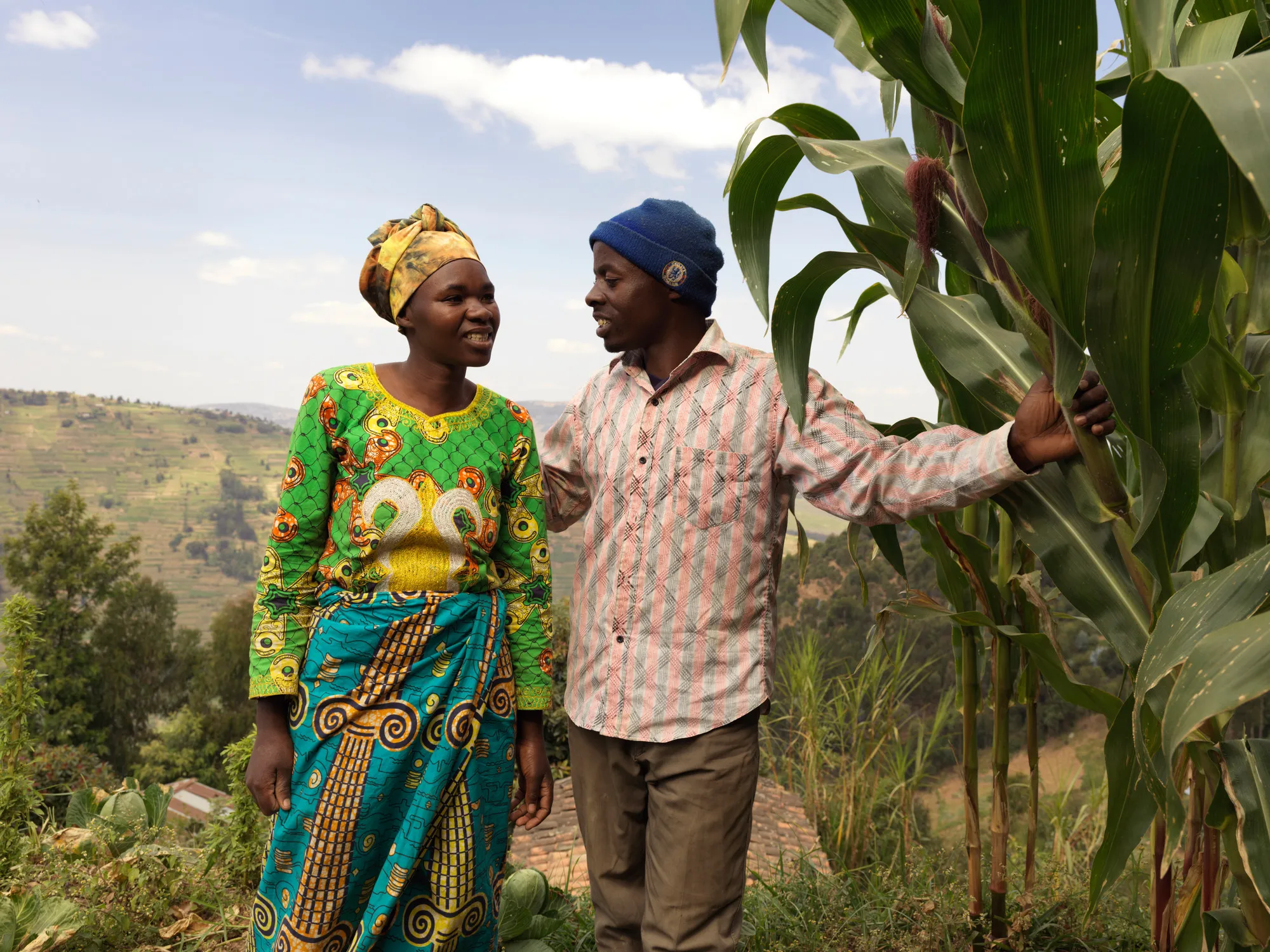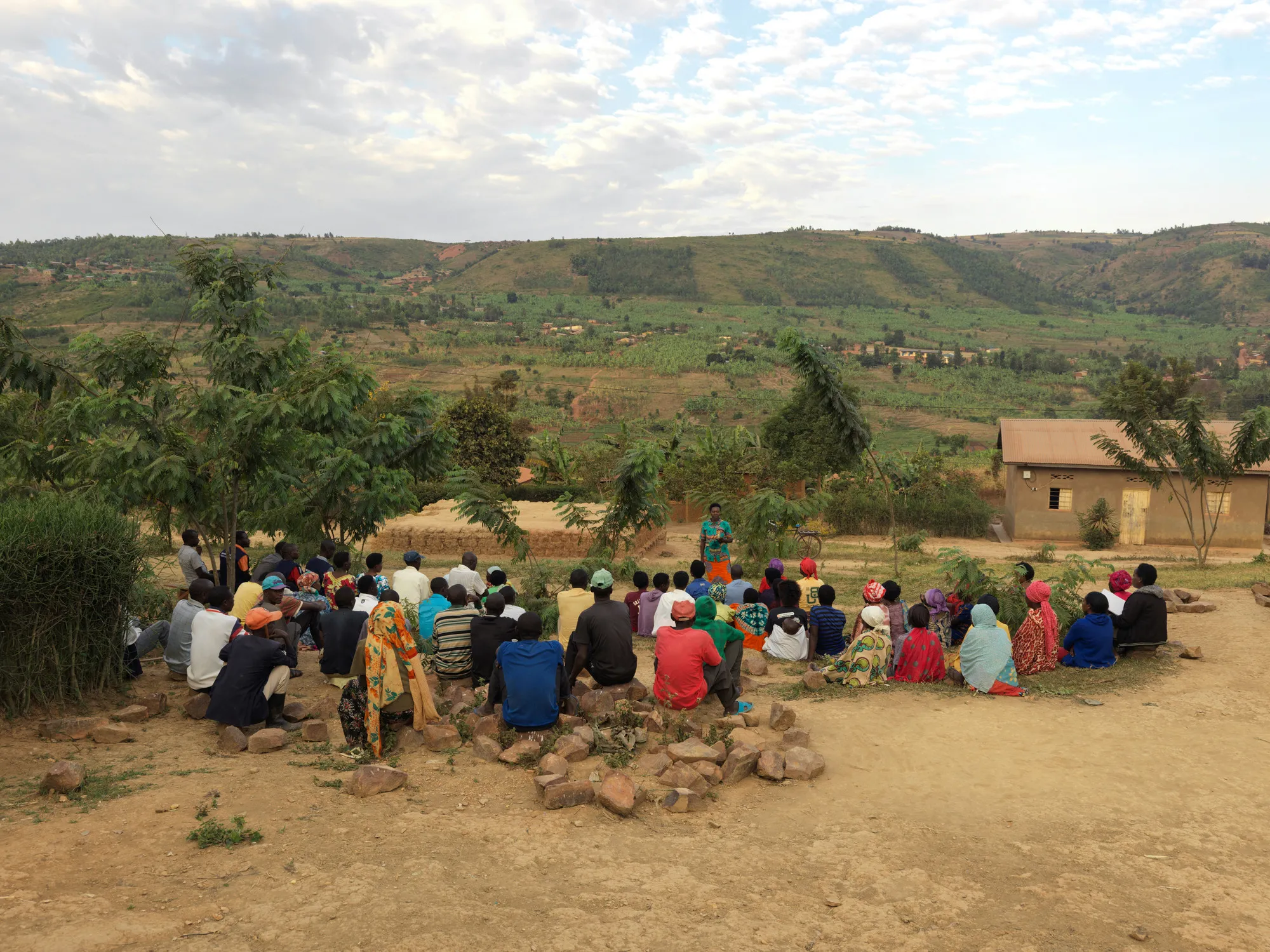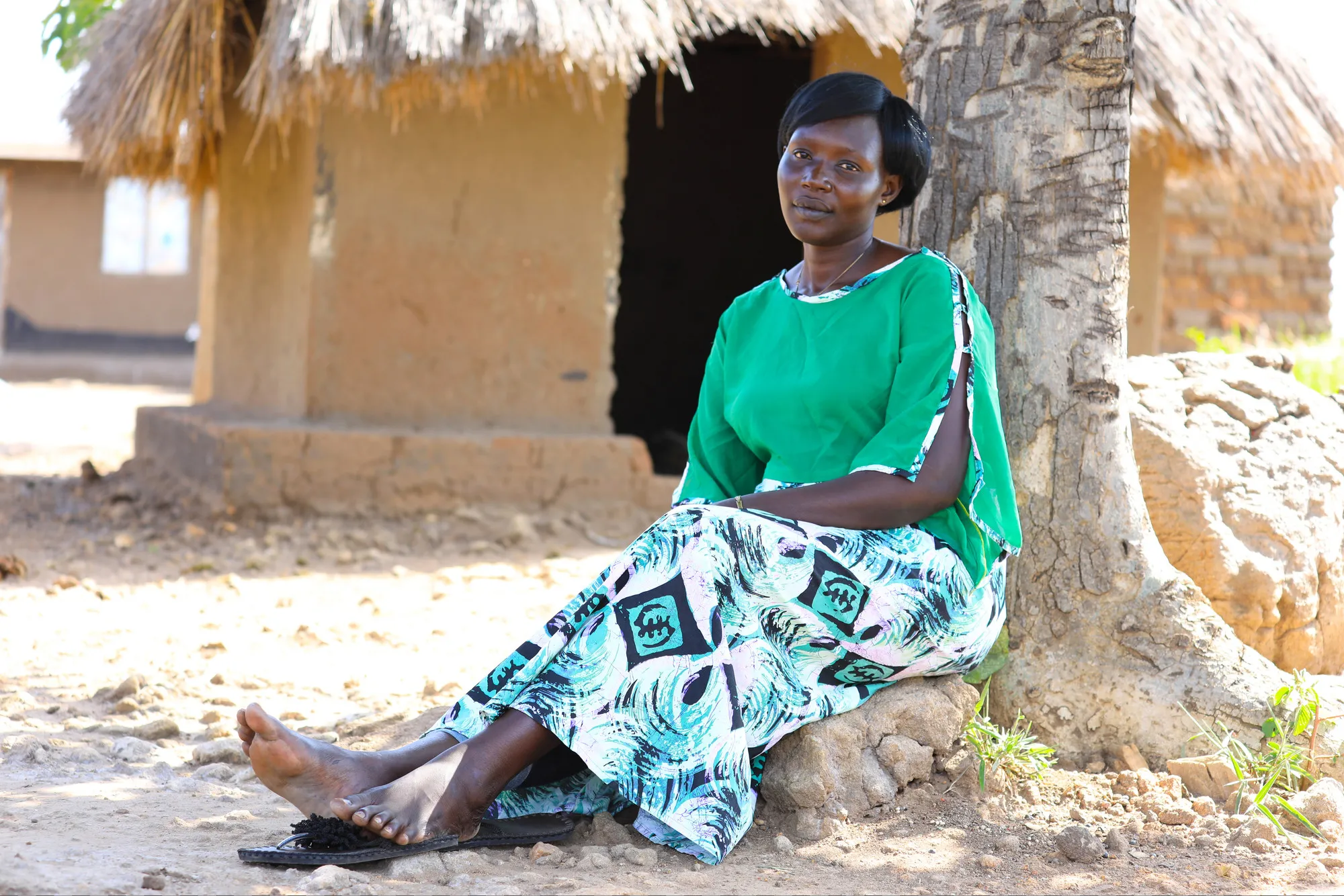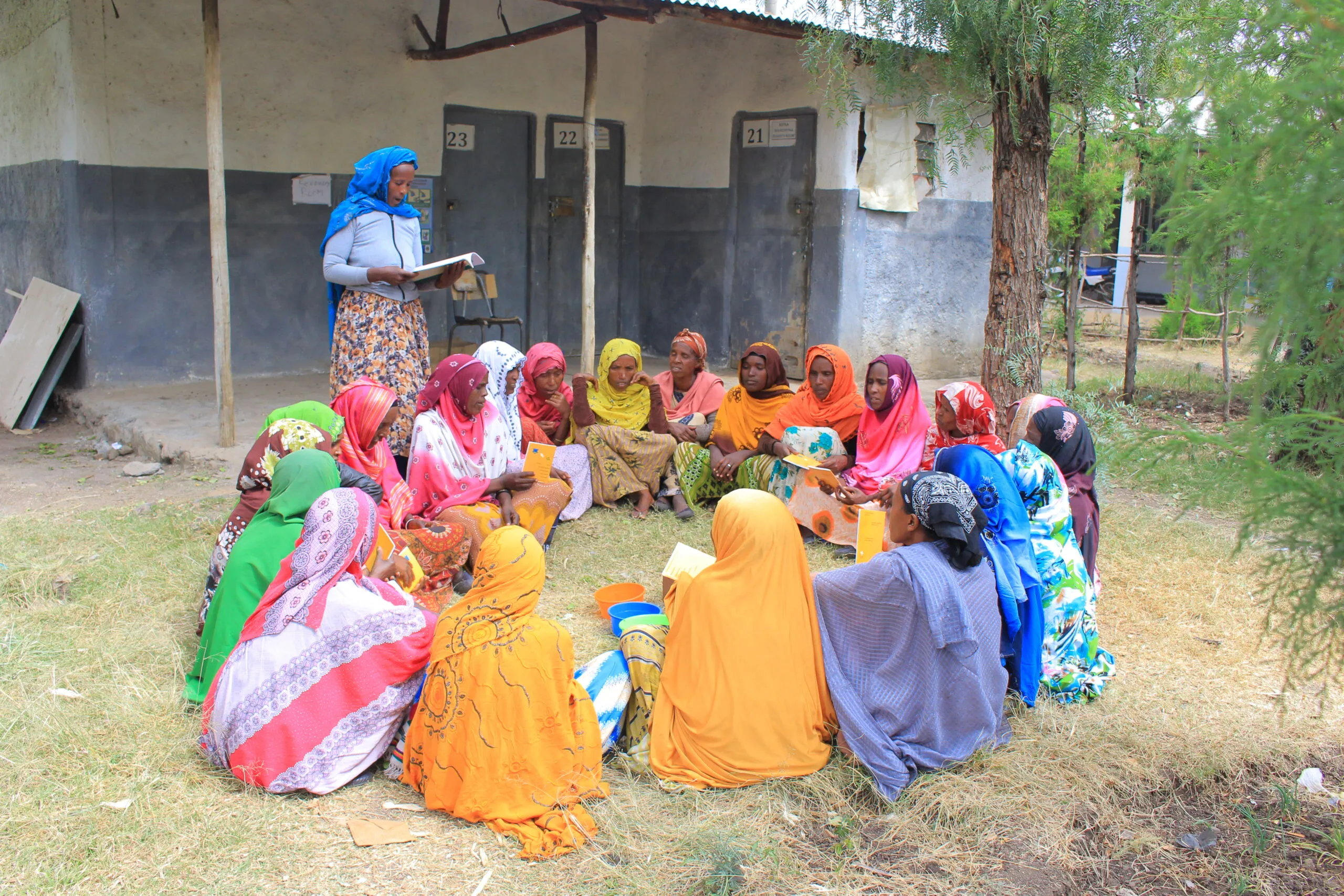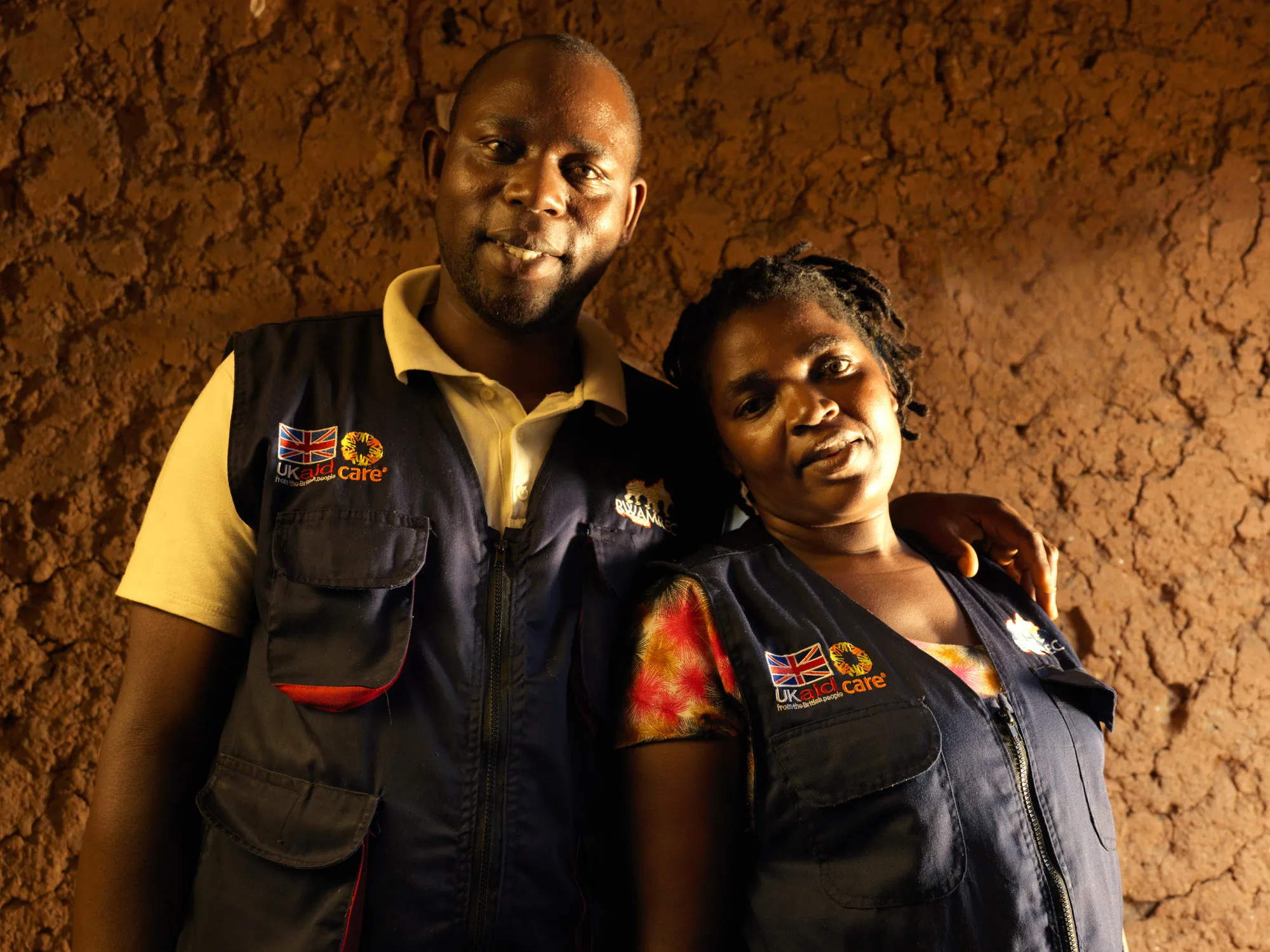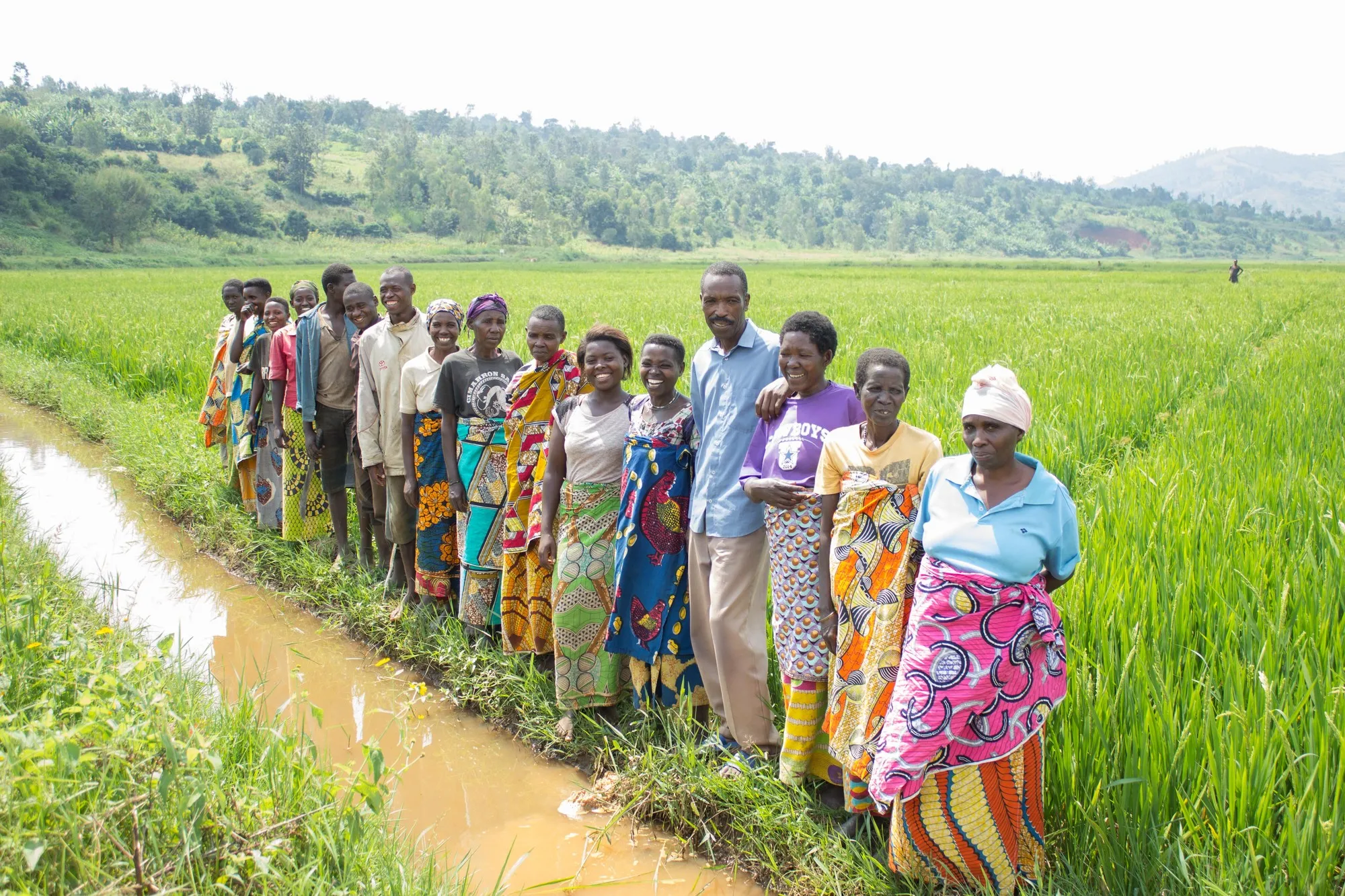For couples like Alphonsine and Augustin, there has been a major change in their relationship—instead of Alphonsine being confined to the house and fighting with her husband about money or property, they now work together in the face of challenges such as drought and rising food costs.
“We used to have conflicts related to property,” recounts Alphonsine.
“My husband now allows me to go out and work because he realized the contribution I can bring in at home. My income changed because I am now allowed to participate in income generating activities unlike before.”
She estimates their family’s income has increased by around 40%.
Augustin shares how the couples’ training they joined four years ago has influenced their family’s meal planning.
“We have not reduced what we used to eat but rather put in place an agreement with my wife to each contribute to food costs. I usually contribute lunch costs and my wife dinner costs.”
Soaring food prices mean they have had to reduce how much meat they eat, but Alphonsine is still able to eat her favorite food—Irish potatoes—every day.
4. Addressing root causes of GBV helps everyone eat more
When men like Augustin work with their wives as equal partners, they are less likely to view violence as acceptable. Their household is also more likely to produce more food.
Families in Gitega in Burundi doubled their rice production when agriculture training included an intense focus on gender equality. These increased yields meant women didn’t just have enough to eat at home—they could also sell rice to others so there was more food available to everyone in the community.
At the same time, the proportion of men engaged in the project who believe domestic violence is never acceptable also doubled—showing once again that promoting gender equality makes women safer and less likely to be hungry.

